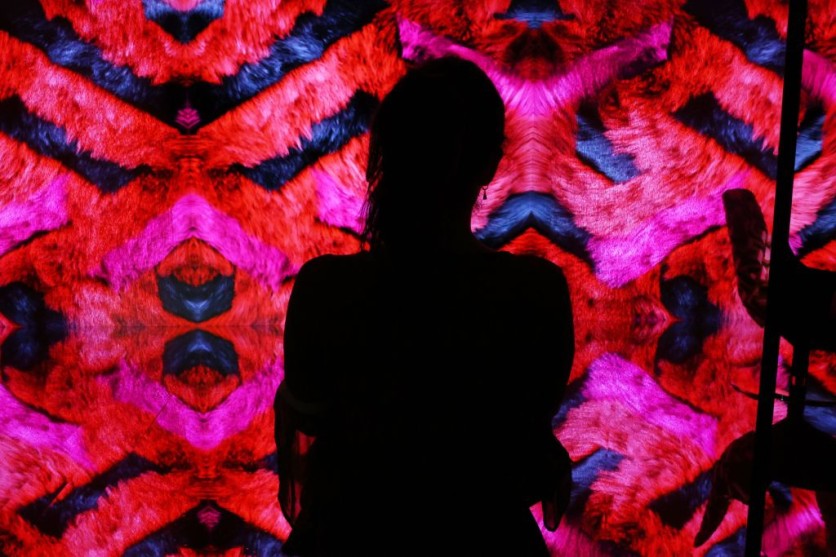A group of computer scientists and designers at the University of Waterloo has developed an innovative machine-learning tool called De-Stijl, which aims to help people use color better in graphic design.
De-Stijl harnesses the power of advanced machine learning technology to provide intuitive color palettes for inexperienced designers and novices.

De-Stijl's Features
The software integrates and enhances the features of existing tools like Figma, Pixlr, and Coolor, allowing users to choose essential theme colors and instantly visualize how they will affect their design.
Jian Zhao, an assistant professor of computer science at Waterloo, explained the tool's functionality, stating, "You put your graphical elements into the canvas. De-Stijl separates it into background, image, decoration, and text, and based on these, it creates a palette and then can make recommendations based on the design elements of layout, color proximity, and proportion."
De-Stijl makes a noteworthy contribution with its 2-D color palette, designed in collaboration with expert graphic designers. This distinctive feature provides color suggestions and showcases their effects in various distributions.
Xinyu Shi, the lead author of the research and a PhD student in computer science, underscored the importance of the 2D format by explaining how humans perceive colors differently based on their proportion and placement.
With the 2D format, users can better understand how their current graphic designs appear, enabling them to focus specifically on the colors being used.
Long-Standing Collaboration With Adobe
The project was born out of a long-standing collaboration with Adobe, the renowned design giant behind products like Photoshop and InDesign.
Recognizing that many individuals responsible for creating branding and marketing materials lack advanced graphic design knowledge or resources to hire experts, Adobe approached the Waterloo team for AI-powered solutions catering to these novice designers.
The team collaborated with design experts and regular users to build and test the De-Stijl software. In the testing phase, users personalized marketing materials by utilizing both De-Stijl and its competitor tools with the help of provided templates.
Zhao claimed that while no single tool could match the capabilities of De-Stijl, they compared it against a suite of tools as a baseline. In anonymous expert assessments, De-Stijl reportedly performed better than its competition in terms of usability, customization, and attractiveness of the design.
"Our aim is to facilitate, not replace," Shi noted, highlighting the tool's role in empowering users and simplifying the design experience.
The team hopes that with De-Stijl's features and AI-powered assistance, even those with limited design expertise can create compelling and visually appealing graphics.
The team's findings were published in the Proceedings of the 2023 CHI Conference on Human Factors in Computing Systems.
Related Article : Adobe Premiere Pro's New Remix Tool Feature Completes Sound Editing, Syncing in Just a Few Seconds!


![Apple Watch Series 10 [GPS 42mm]](https://d.techtimes.com/en/full/453899/apple-watch-series-10-gps-42mm.jpg?w=184&h=103&f=9fb3c2ea2db928c663d1d2eadbcb3e52)


